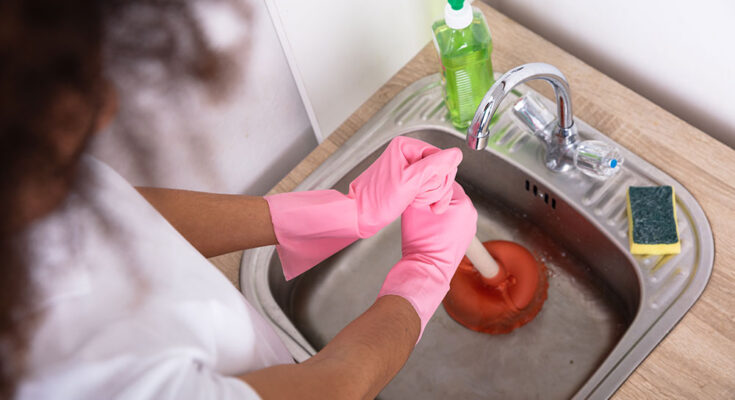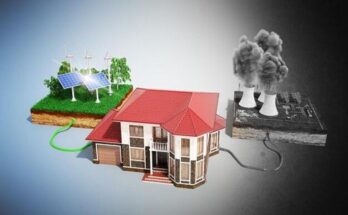Water rates are rising and homeowners are looking for ways to save on costs. Transitioning your home’s plumbing system to water-efficient, low-flow fixtures, and appliances is one of the most effective strategies.
Swap out old toilets
Toilets account for nearly 30% of household water consumption. Replacing aging, inefficient toilets with new low-flow models saves thousands of gallons per year. Low-flow toilets use 1.28 gallons per flush compared to older models that use 3.5 gallons per flush or more. Aim for WaterSense labeled models that are independently certified high-efficiency. Switching to low-flow showerheads that use 2.0 gallons per minute or less makes a major dent in water usage. Old showerheads often flow at 2.5 gallons per minute or more. Low-flow models also maintain great water pressure. For best results, choose WaterSense-rated showerheads. Make sure you check the tub spout diverter for leaks.
Upgrade to high-efficiency faucets
High-efficiency bathroom and kitchen faucets restrict water flow to 1.5 gallons per minute or less while still offering full pressure. Compared to standard faucets that use 2.2 gallons per minute, savings are significant. WaterSense-labeled models undergo rigorous flow testing and efficiency certification. Even minor leaks result in hundreds of gallons of water loss per month. Fixing dripping faucets, showerheads, and toilets needs to be a priority. Check for toilet tank leaks annually. Swap out worn washers, gaskets, and O-rings in drips. plumber Vaucluse service fixtures that continue leaking after DIY repair attempts.
Install water saving aerators
Low-cost, easy-to-install faucet aerators restrict water flow while maintaining wetting effectiveness. Standard aerators use around 2.2 gallons per minute. Swapping them for low-flow models using 1.0 or 1.5 GPM drastically cut water usage. Just make sure your plumbing handles the lower flow rates. Leaks behind walls, under sinks, and underground waste serious amounts of water. Water bills that spike unexplainably indicate a leak. Have a plumber perform leak detection if suspicious. It makes sense to fix concealed leaks. When replacing appliances like dishwashers and washing machines, look for ENERGY STAR-rated models designed for high water efficiency. Only run full loads of laundry or dishes to maximize savings. Adjust water levels downward if possible on older machines.
Modify irrigation systems
Sprinkler systems and landscapes require huge water volumes. Adjust timers for shorter, less frequent watering cycles. Upgrade to drip irrigation, smart controllers with rain sensors, and low-flow spray nozzles to achieve dramatic outdoor water savings. Don’t use toilets as trash cans take shorter showers, turn off the water while brushing teeth, fill the sink to wash dishes, scrape rather than rinse dishes, and avoid unnecessary flushing. Small changes make a difference. Routinely check under sinks for leaks at supply lines, drains, and traps. Have leaks repaired immediately before they worsen and waste higher volumes of water? Preventive leak detection is smart.




